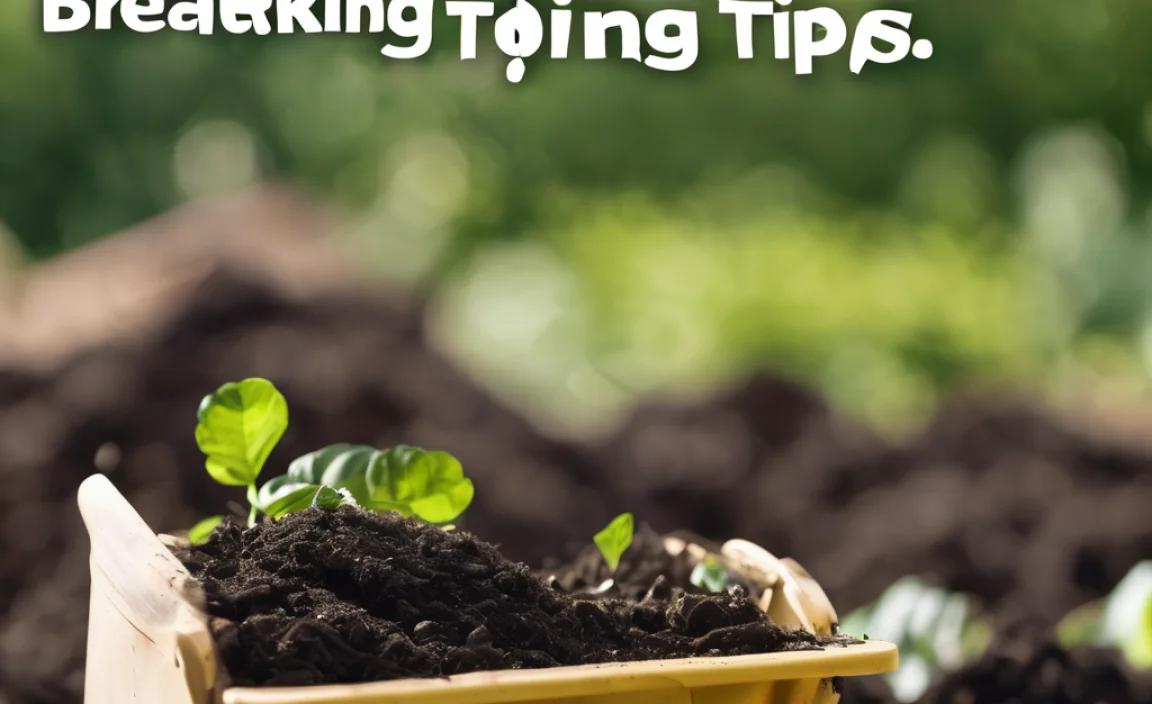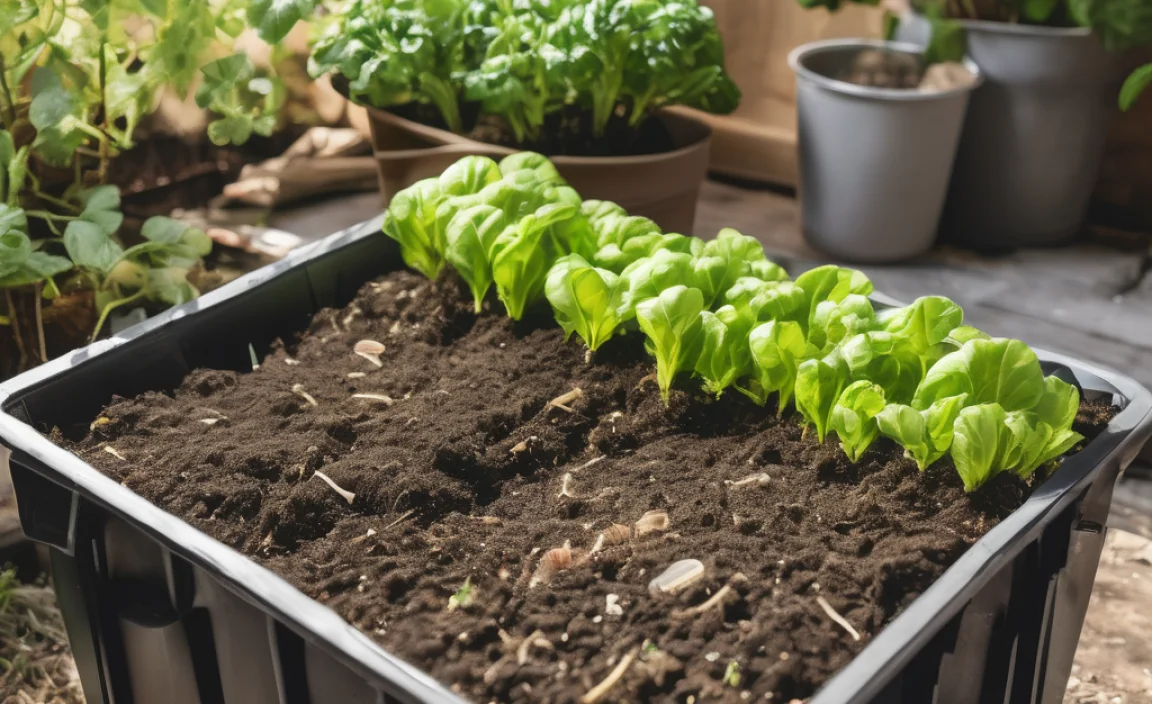Quick Summary:
Water dispensers are often worth it for their convenience, providing easy access to chilled, hot, or filtered water. They reduce reliance on single-use plastic bottles, saving money and benefiting the environment. While initial costs vary, the long-term benefits of hydration and purified water make them a valuable addition to homes and offices.
Staying hydrated is super important, right? But grabbing water can sometimes feel like a chore. Maybe you’re tired of refilling pitchers or lugging home cases of bottled water. A water dispenser could be the answer! It’s a simple way to get clean, refreshing water anytime you want.
Choosing the right water dispenser can seem tricky with so many options. Don’t worry! We’ll break down the pros and cons, costs, and types of dispensers, so you can decide if one is right for you. Get ready to make staying hydrated a breeze!
What are the Benefits of Using a Water Dispenser?
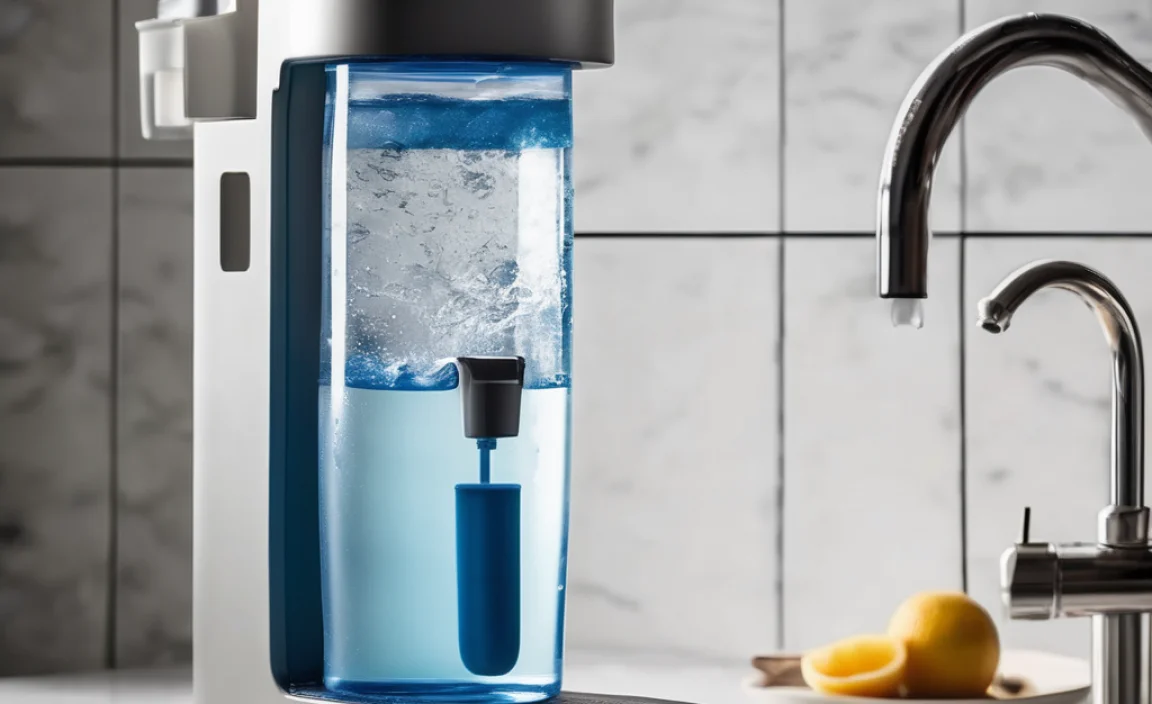
Water dispensers offer a bunch of advantages that make them a popular choice for homes and offices. Let’s dive into some of the biggest benefits:
- Convenience: Easy access to water whenever you need it. No more waiting for water to chill or boiling it for tea.
- Improved Hydration: With water readily available, you’re more likely to drink enough throughout the day.
- Cost Savings: Reduce your reliance on bottled water, which can save you money in the long run.
- Environmental Benefits: Using a dispenser cuts down on plastic bottle waste, helping the planet.
- Water Quality: Many dispensers come with filters that remove impurities, giving you cleaner, better-tasting water.
- Temperature Options: Get cold, hot, or room temperature water from one device, perfect for any drink.
Types of Water Dispensers
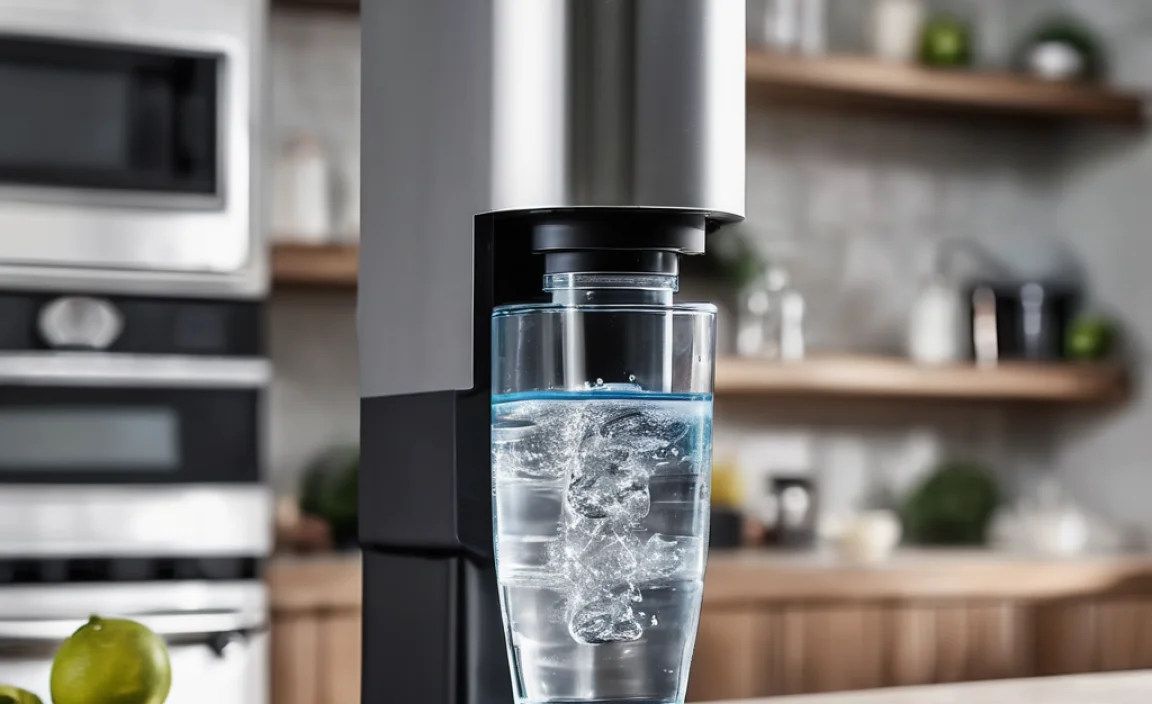
There are several types of water dispensers available, each with its own set of features and benefits. Understanding the differences can help you choose the one that best fits your needs.
Bottled Water Dispensers
These are the classic dispensers you often see in offices. They use large bottles of pre-filled water that sit on top of the unit.
- Pros:
- Easy to set up and use.
- No plumbing required.
- Portable and can be placed anywhere.
- Cons:
- Requires regular bottle refills, which can be heavy to lift.
- Takes up more space due to the bottle.
- Can be less environmentally friendly if you’re not careful about recycling the bottles.
Point-of-Use (POU) Water Dispensers
These dispensers connect directly to your water line. They filter the water as it’s dispensed.
- Pros:
- Continuous supply of water – no need to refill bottles.
- Often includes advanced filtration systems.
- More environmentally friendly.
- Cons:
- Requires professional installation.
- Higher initial cost.
- Limited portability.
Countertop Water Dispensers
These compact units sit on your countertop and can be either bottled or point-of-use.
- Pros:
- Space-saving design.
- Easy to install (especially bottled versions).
- Convenient for small spaces.
- Cons:
- Smaller capacity.
- May require more frequent refills (for bottled versions).
- Can take up valuable counter space.
Freestanding Water Dispensers
These are similar to bottled water dispensers but often come with additional features like built-in filtration or UV sanitization.
- Pros:
- Large capacity.
- Advanced features like filtration and sanitization.
- No installation required for bottled versions.
- Cons:
- Takes up floor space.
- Can be more expensive.
- Requires bottle refills (for bottled versions).
How Much Do Water Dispensers Cost?
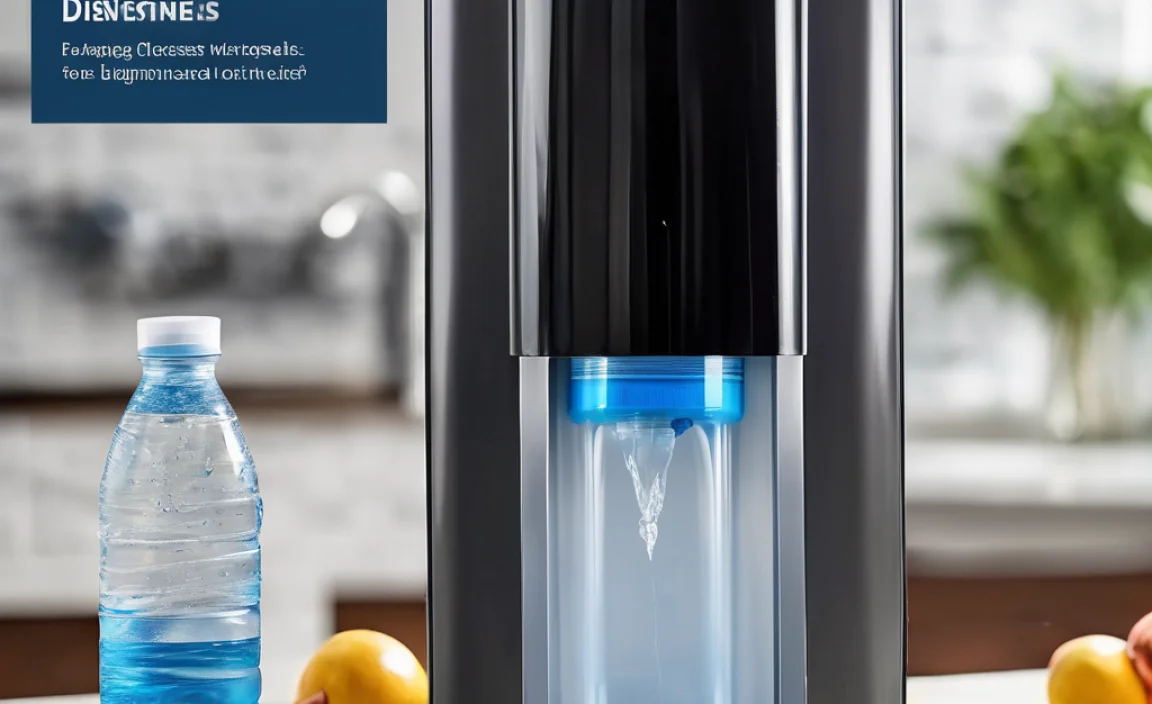
The cost of a water dispenser can vary widely depending on the type, features, and brand. Here’s a general breakdown:
| Type of Dispenser | Initial Cost | Ongoing Costs |
|---|---|---|
| Bottled Water Dispenser | $100 – $300 | $10 – $30 per bottle (depending on size and delivery service) |
| Point-of-Use (POU) Dispenser | $300 – $1000 (plus installation) | Filter replacements ($20 – $50 every 6-12 months) |
| Countertop Dispenser | $80 – $400 | Bottle refills or filter replacements (depending on type) |
| Freestanding Dispenser | $150 – $800 | Bottle refills or filter replacements (depending on type) |
Note: These are estimated costs and can vary based on brand, features, and retailer.
Factors to Consider When Choosing a Water Dispenser
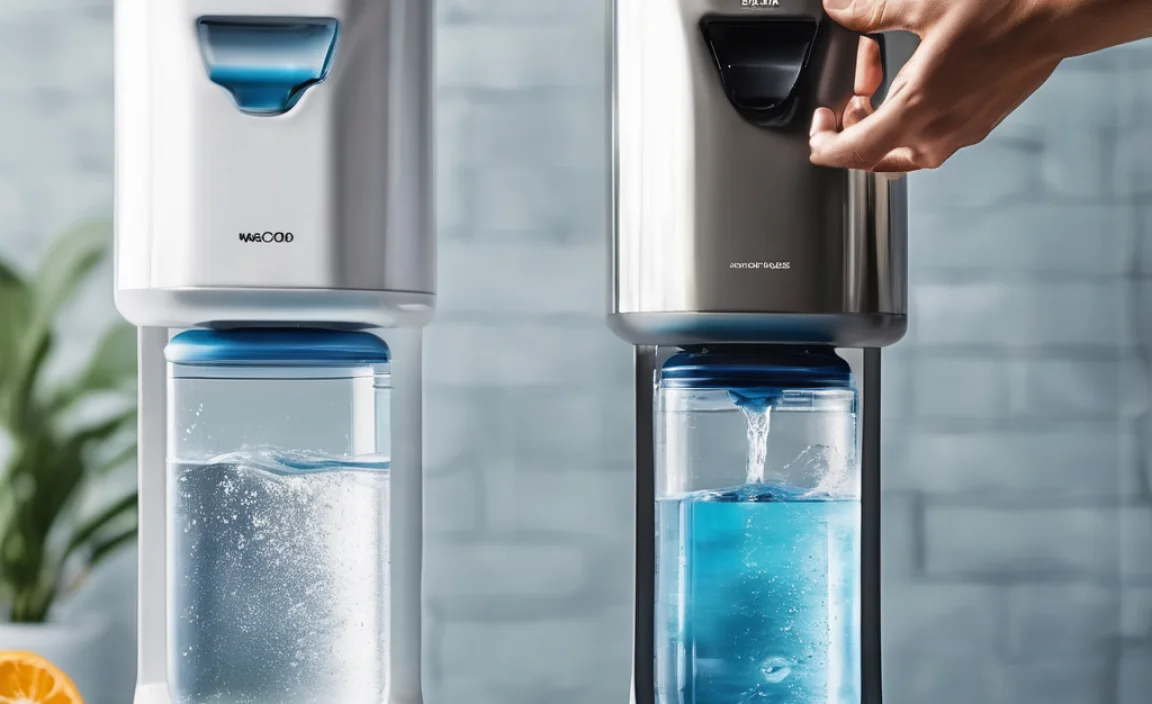
Choosing the right water dispenser involves considering several factors to ensure it meets your specific needs and preferences.
Water Source
Decide whether you prefer bottled water or a direct water line connection. Bottled water dispensers are easier to set up, while POU dispensers offer a continuous supply without the need for refills.
Capacity
Consider how much water you need to dispense regularly. For a small household, a countertop dispenser might suffice, while a larger office might require a freestanding or POU dispenser.
Filtration
If water quality is a concern, look for dispensers with advanced filtration systems. These can remove impurities like chlorine, lead, and bacteria, providing cleaner, better-tasting water. The Environmental Protection Agency (EPA) provides information on water quality standards and contaminants to be aware of.
Temperature Options
Determine whether you need hot, cold, or room temperature water. Some dispensers offer all three options, while others provide only one or two.
Energy Efficiency
Look for dispensers with energy-saving features to minimize electricity consumption. Some models have sleep modes or timers that reduce energy usage when the dispenser is not in use. Energy Star certified models are a good place to start.
Maintenance
Consider the maintenance requirements of the dispenser. Bottled water dispensers require regular bottle changes, while POU dispensers need periodic filter replacements. Choose a model that is easy to clean and maintain.
Space
Assess the available space in your home or office. Countertop dispensers are ideal for small spaces, while freestanding dispensers require more floor space.
Budget
Set a budget and compare prices of different models. Remember to factor in both the initial cost and ongoing expenses like bottle refills or filter replacements.
Step-by-Step Guide: Installing a Point-of-Use (POU) Water Dispenser
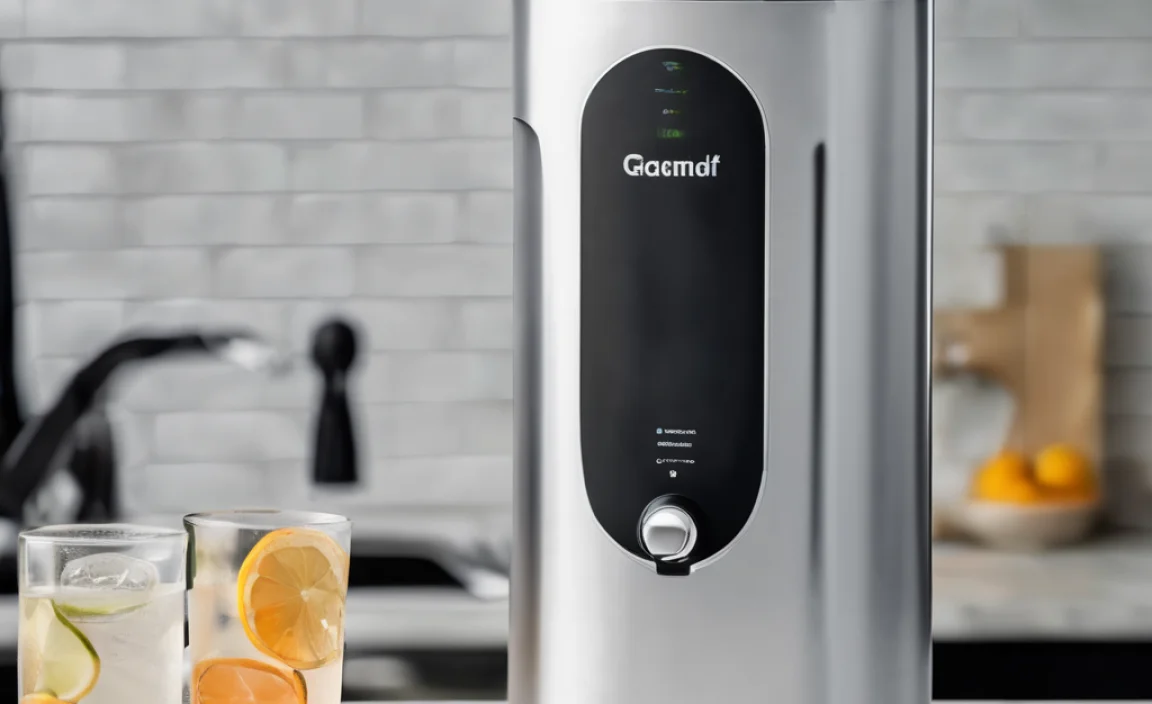
Installing a POU water dispenser might seem daunting, but with the right tools and a little patience, you can do it yourself. Here’s a step-by-step guide:
Step 1: Gather Your Tools and Materials
- Adjustable wrench
- Teflon tape
- Screwdriver (Phillips and flathead)
- Drill (if needed for mounting)
- Water supply tubing
- Compression fittings
- Water filter (if not included with the dispenser)
- Safety glasses
Step 2: Turn Off the Water Supply
Locate the cold water supply line under your sink and turn off the valve. Open the faucet to relieve any remaining pressure in the line.
Step 3: Install the Diverter Valve
Disconnect the existing cold water supply line from the faucet. Wrap Teflon tape around the threads of the diverter valve and attach it to the faucet. Then, connect the cold water supply line to the other end of the diverter valve.
Step 4: Connect the Water Filter (If Applicable)
If your dispenser uses a separate water filter, install it according to the manufacturer’s instructions. Typically, this involves connecting the water supply tubing to the inlet side of the filter and then connecting another piece of tubing to the outlet side.
Step 5: Run the Water Supply Tubing
Run the water supply tubing from the diverter valve (or the outlet of the water filter) to the inlet of the water dispenser. Use compression fittings to ensure a secure and leak-proof connection.
Step 6: Mount the Water Dispenser
Position the water dispenser in its desired location. If necessary, use a drill to create mounting holes and secure the dispenser to the wall or cabinet.
Step 7: Connect the Drain Line (If Applicable)
Some POU water dispensers have a drain line that needs to be connected to the sink drain. Follow the manufacturer’s instructions to properly connect the drain line.
Step 8: Turn On the Water Supply and Check for Leaks
Slowly turn the cold water supply valve back on. Check all connections for leaks. If you find any leaks, tighten the fittings or reapply Teflon tape.
Step 9: Flush the System
Follow the manufacturer’s instructions to flush the system and remove any air or debris from the water lines. Typically, this involves dispensing water for several minutes until it runs clear.
Step 10: Test the Dispenser
Test all the functions of the water dispenser, including the hot, cold, and room temperature settings. Make sure the water is dispensing properly and that there are no unusual noises or odors.
Safety Tip: If you’re not comfortable with plumbing, it’s best to hire a professional to install the water dispenser. The Plumbing-Heating-Cooling Contractors Association (PHCC) can help you find qualified professionals in your area.
Maintaining Your Water Dispenser for Longevity
Proper maintenance is essential to keep your water dispenser running smoothly and to ensure the water remains clean and safe to drink. Here are some tips to keep in mind:
- Regular Cleaning: Clean the exterior of the dispenser with a damp cloth regularly. Sanitize the spigot and dispensing area to prevent bacterial growth.
- Filter Replacement: Replace the water filter according to the manufacturer’s instructions. This ensures that the water remains free of contaminants.
- Emptying the Drip Tray: Empty the drip tray regularly to prevent spills and bacterial growth. Clean the tray with soap and water.
- Sanitizing the Water Reservoir: Sanitize the water reservoir every few months to prevent the buildup of algae and bacteria. Use a mild bleach solution or a commercial dispenser cleaner.
- Checking for Leaks: Regularly inspect the water lines and connections for leaks. Repair any leaks promptly to prevent water damage.
- Descaling: If you live in an area with hard water, descale the dispenser periodically to remove mineral buildup. Use a commercial descaling solution or a mixture of vinegar and water.
Environmental Impact of Water Dispensers
One of the significant advantages of using water dispensers is their positive impact on the environment. By reducing the reliance on single-use plastic bottles, water dispensers help minimize plastic waste and promote sustainability. The Environmental Protection Agency (EPA) offers resources on reducing waste and promoting recycling.
- Reduced Plastic Waste: Water dispensers significantly reduce the number of plastic bottles that end up in landfills and oceans.
- Lower Carbon Footprint: Manufacturing and transporting bottled water requires a lot of energy. Water dispensers, especially POU models, have a lower carbon footprint.
- Conservation of Resources: Producing plastic bottles requires significant amounts of water and fossil fuels. By using a water dispenser, you’re helping to conserve these resources.
Are There Any Downsides to Using a Water Dispenser?
While water dispensers offer many benefits, there are also some potential downsides to consider:
- Initial Cost: The initial cost of purchasing a water dispenser can be higher than simply buying bottled water.
- Maintenance: Water dispensers require regular maintenance, such as cleaning and filter replacements, which can be time-consuming and costly.
- Space: Some water dispensers, especially freestanding models, can take up a significant amount of space.
- Installation: POU water dispensers require professional installation, which can add to the overall cost.
- Potential for Leaks: Like any plumbing appliance, water dispensers can develop leaks, which can cause water damage if not addressed promptly.
Real-World Examples: When a Water Dispenser Makes Sense
Let’s look at some real-world scenarios to see when a water dispenser is a particularly good investment:
- Busy Office: A water dispenser provides employees with easy access to water, promoting hydration and productivity.
- Family Home: A water dispenser encourages family members to drink more water, reducing consumption of sugary drinks.
- Gym or Fitness Center: A water dispenser offers a convenient way for members to stay hydrated during workouts.
- Waiting Room: A water dispenser provides a welcoming amenity for clients and visitors.
- Eco-Conscious Individuals: A water dispenser helps reduce reliance on single-use plastic bottles, aligning with sustainable living practices.
Alternative Options to Water Dispensers
If a water dispenser doesn’t seem like the right fit for your needs, here are some alternative options to consider:
- Water Filter Pitchers: These pitchers filter water as you pour, providing cleaner, better-tasting water.
- Faucet-Mounted Filters: These filters attach directly to your faucet, providing filtered water on demand.
- Reusable Water Bottles: Filling up reusable water bottles from the tap can help reduce plastic waste.
- Water Delivery Services: Some companies offer water delivery services, providing large bottles of water on a regular basis.
FAQ: Are Water Dispensers Worth It?
Are water dispensers expensive to run?
Not really! While there’s an initial cost, you save money by not buying bottled water. POU dispensers have low running costs, mainly for filter replacements.
How often do I need to clean a water dispenser?
Give it a wipe-down weekly! Monthly, do a deeper clean, and sanitize the reservoir every few months to keep things fresh and germ-free.
Can I install a point-of-use dispenser myself?
If you’re handy with plumbing, go for it! But if you’re not comfortable, a pro can install it quickly and safely. The EPA also has guides on safe plumbing practices.
Do water dispensers really improve water quality?
Yes, many come with great filters! They remove chlorine, lead, and other yucky stuff, making your water taste better and be healthier.
Are bottled water dispensers bad for the environment?
They can be, but it depends. If you recycle the bottles, it’s better. POU dispensers are the most eco-friendly since they cut out plastic bottles completely.
What size water dispenser should I get?
Think about how much water you use. A small countertop one is fine for a few people. Big families or offices need larger freestanding or POU models.
Can water dispensers heat water for tea and coffee?
Yep, many do! Some dispensers offer hot, cold, and room-temperature options, making it super easy to make your favorite hot drinks.
Conclusion
So, are water dispensers worth it? For many, the answer is a resounding yes! They offer convenience, promote better hydration, save money, and reduce environmental impact. While there are some downsides, such as initial cost and maintenance, the benefits often outweigh the drawbacks. By considering your specific needs, budget, and preferences, you can choose the right water dispenser to enjoy clean, refreshing water whenever you want. Cheers to staying hydrated!

